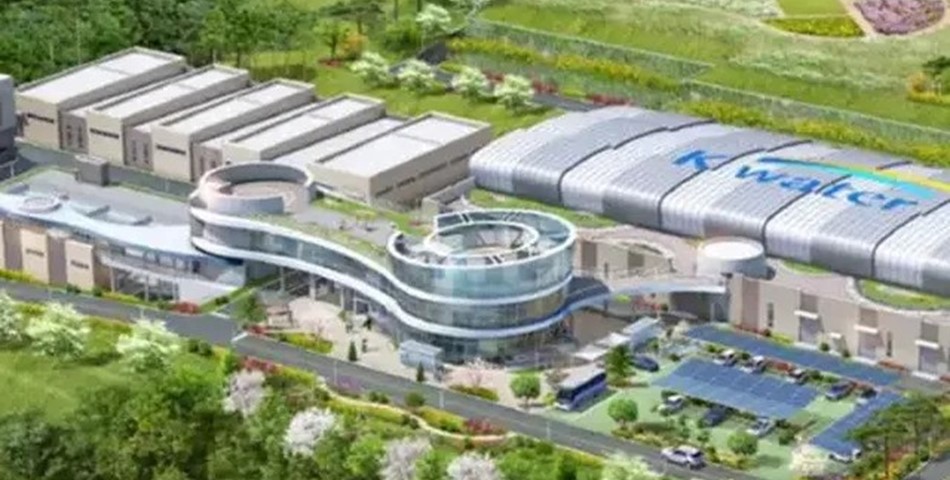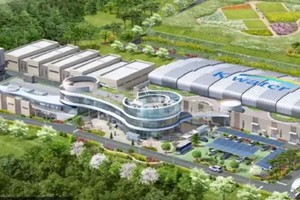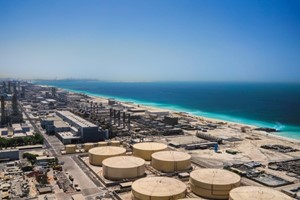A startup focused on developing technology for removing carbon dioxide from the atmosphere has recently entered into a groundbreaking collaboration with a state-owned water utility in South Korea. The partnership aims to construct a pilot project that combines carbon removal technology with seawater desalination. The innovative initiative seeks to address pollution generated by a major hub for petrochemical production in the vicinity, while also providing fresh water to heavy industries in the area.
This unique collaboration exemplifies the intersection of emerging technologies, such as direct air capture (DAC), with traditional industries like fossil fuels. Critics express concerns that such partnerships might inadvertently support ongoing reliance on fossil fuels, potentially hindering the transition to cleaner alternatives. However, proponents argue that projects like these can serve multiple climate goals simultaneously.
The California and New Zealand-based climate tech startup, Capture6, recently formalized an agreement with South Korean water utility K-water and wastewater treatment company BKT. Together, they plan to develop the world's first fully integrated facility for carbon removal and water management utilizing seawater desalination. The ambitious project, named Project Octopus, aspires to remove hundreds of thousands of tons of carbon dioxide from the atmosphere annually.
What sets Project Octopus apart is its synergy with a seawater desalination plant. Unlike conventional desalination plants that produce environmentally harmful brine, Capture6 utilizes the wastewater in its carbon removal process. The extracted salt becomes a feedstock for a liquid sorbent, which reacts with CO2 to produce a mineral that prevents the greenhouse gas from re-entering the atmosphere. Additionally, the process generates fresh water as a byproduct.
While these technological advancements are not a silver bullet for climate change and drought, they come with their own set of challenges, including high energy consumption associated with DAC and desalination plants. The pilot facility, plugged into the grid, will still rely on fossil fuels for power, generating emissions that Project Octopus aims to mitigate.
The facility primarily caters to the Daesan Industrial Complex, a major producer of South Korea's petrochemicals derived from oil and gas. Despite the complexities, proponents emphasize the importance of realistically addressing the existing industrial landscape and working towards reducing carbon footprints.
If successfully scaled to commercial size, Project Octopus could potentially capture up to 500,000 metric tons of CO2 annually. The initial pilot facility, with an estimated cost of $2-3 million, is set to commence construction this year. However, the development of a larger commercial facility, with a potential cost ranging from $100-200 million, might not commence until late 2026 at the earliest.












